Kamakura is called the “Kyoto of the East”, and for good reason. Like Kyoto, here life seems to slow down. Contrary to what you experience in the capital of Japan, Tokyo. And to see this seaside town solely through the lens of its history would be to miss the full picture.
Kamakura has seen it all – the rise of the Samurai class, the formation of the first military government, being an unofficial capital of Japan, architectural attractions, cultural festivals, scenic surroundings, and now, highlights one of the national treasures of Japan – the Great Buddha.
The past and the present don’t just co-exist here. It blends effortlessly. And that’s what makes a day trip from Tokyo to Kamakura perfect to add to your solo travel itinerary.
Is it easy to get in and around from Tokyo to Kamakura?
Just an hour away from Tokyo, Kamakura is a whole different world. It gives you options. You can either take a train, hop on a bus, or rent a car and hit the road.
For this Kamakura day trip itinerary, I would say stick to the train. It’s cheap, convenient, and a better bet for travellers to get to Kamakura from Tokyo. Take the direct train on the JR Line from Tokyo Station’s platform 1 or 2, which are Zushi-bound, to reach Kamakura. One-way ticket costs around 920 yen.
Now, coming to getting around Kamakura, I prefer a mix of walking and hopping on the Enoden for a coastal train ride. Purchase the “Noriorikun” Pass for unlimited travel on this line for your day trip. You can also take buses at times. But if you know how to ride a bicycle, rent one straightaway! Besides walking, Kamakura is best explored by bicycle.
An ideal solo travel itinerary for a day trip from Tokyo to Kamakura with time stamps
This guide covers all the top things to do in Kamakura. Adjust it as per your Tokyo itinerary to make the most of your day trip in this UNESCO World Heritage Site of the Kanagawa Prefecture.
7:00 AM: Arrive at Tokyo Station
To visit Kamakura, it is best to start early. Reach Tokyo Station by 7 am. There are direct trains from Tokyo to Kamakura every 5 minutes. But the morning trains are usually packed with daily commuters. So, to travel comfortably, take a seat whenever you spot an empty one.
8:00 AM: Explore Kamakura Station and have breakfast
Once you reach Kamakura, head to the East Exit of the station. To decode the best cafes in the area, do a quick Google search and select as on your mood for breakfast. For the early birds, 5 Crossties Coffee right in the station is a great option. It opens from 6:45 am. But my favorite of all is down the road – Slow Rush Coffee, one of the best cafes in Kamakura to start or end your day trip with. It stays open from 11 am to 6 pm.
8:30 AM: Take a stroll through Route 204 to Hokokuji Temple
Post breakfast, take a scenic 30-minute walk through Route 204 to reach Hokokuji Temple of the Muromachi period. The walk sets the tone for the day trip. It familiarises you with both sides of the city – life and nature. However, if you are in no mood to walk, take a bus from the station to reach this Zen Buddhist temple.
Opens at 9 am, and the highlight of the temple is the bamboo forest. The forest consists of 2000 bamboo trees. Well, it is fair to say Kyoto has Arashiyama, and Kamakura has Hokokuji Temple. And if you crave calm moments on your Japan solo travel, this is the place. Take some time to sit at the matcha tea house inside the forest – Kyukouan and experience authentic matcha.
10:30 AM: Explore Kamakura’s spiritual heart – Tsurugaoka Hachimangu
To be at Kamakura and not visit Tsurugaoka Hachimangu is a sin. Dedicated to Hachiman, the god of war and protector of the Samurai, this Shinto Shrine is one of the most popular shrines for hatsumode (New Year’s first shrine visit) that locals visit. Also known as Kamakura’s cultural center, Tsurugaoka Hachimangu is the venue of the annual festival as well as for the horse archery tournament – Yabusame.
The entire walkway to the shrine transports you to a serene world. The massive red torii gates make the place even grander. During the cherry blossom season, the shrine looks extravagant. Along the way, there are smaller temples to explore. If you arrive before 8 am, this can be your first stop too. Or else, it’s around an 18-minute walk from Hokokuji Temple.
12:00 PM: Time to shop and have lunch at Komachi Dori
Komachi Dori Street is parallel to the roads of Tsurugaoka Hachimangu. Close to Kamakura Station, this street is filled with things to do. Rub shoulders with the locals to buy souvenirs, kimonos, ceramics, etc. You can easily spend an hour here, just shopping.
When done with shopping, you can grab a seat at any of the cafes or restaurants to sample local food. One of the must-haves in Kamakura is dishes served with whitebait (shirasu). And if you are a vegetarian, try Shojin Ryori. But above all, I love the snacks. Personally, I would rather munch on street food and utilise my time to shop some more.
1:30 PM: Hop on a train ride to Hasedera Temple
Finally, it’s time to take the 10-minute coastal ride on the Enoden train to Hase Station. From the station, it is a short walk north to reach Hasedera Temple. It is a Jodo sect temple, a cultural asset, well-known for its 9.18-meter-tall and eleven-headed Kannon statue. Benten Cave is another highlight of the temple.
It is spectacular in all seasons. Spring covers the area with cherry blossoms. Summer covers it with hydrangea. Autumn covers it with foliage, and winter turns it into a snowcapade. All thanks to its location on the mountain slope. Don’t forget to capture the coastal view from the top.
2:30 PM: Visit Japan’s iconic statue – Kotoku-in
Another 5 to 10 minutes from Hase Station is where you will find what travellers come to Kamakura for – the Kamakura Daibutsu, the Great Buddha, the iconic 43 feet tall bronze statue. Located inside the Kotokuin Temple, the statue has a strong presence that can only be felt.
And the best part is not watching the statue in awe from outside. The real magic is inside. Yes, the statue is hollow. So, do visit the inside. The entrance fee is 200 yen. It remains open from 8 am to 4:45 pm.
4:00 PM: Relax at one of Kamakura’s beaches
What better way there can be to end the day trip from Tokyo to Kamakura than relaxing at a beach after a whole lot of walking? Before you go back to Kamakura Station, head to Yuigahama Beach.
It is one of the popular beaches to experience the laid-back culture of coastal Kamakura. The Mt.Fuji view takes the experience to a whole new level. But that’s on luck. You can go for a quick swim to wash off the day’s tiredness as well. Or, just sit by the sea and take a breather.
Now, before you go for your Kamakura day trip…
If you are still thinking, “Is Kamakura worth a day trip from Tokyo?”, let me clear it – yes, 100%. It is safe for solo female travellers, like most places in Japan. And it’s the right mix of history, culture, and nature.
If you want a day trip that is part historical and part adventurous with full of memories, you’ve got to travel from Tokyo to Kamakura. The best part? You don’t even have to plan in prior to make this day trip happen. You can fit it into your itinerary even at the last moment.
And this is not it. There are more temples, shrines, hiking routes, and beaches to explore in Kamakura. You can tweak this itinerary to fit your needs. Just make sure to reach Kamakura as early as possible. The rest will fall into its place.
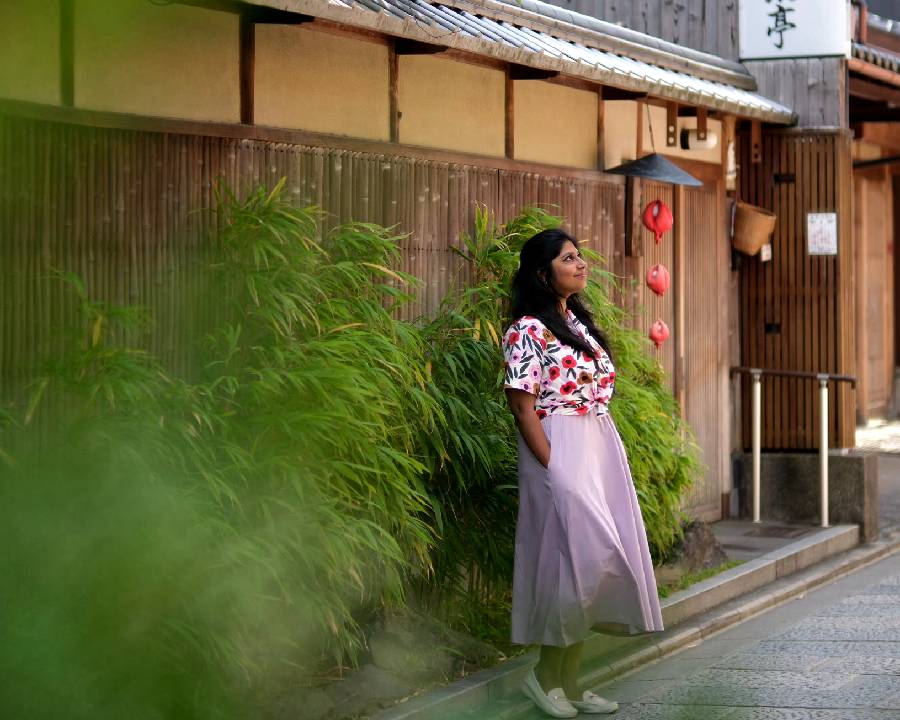
FAQs
How much time should I spend in Kamakura?
Ideally, one day is enough to spend in Kamakura. You can easily cover all the must-visit places in the city. But in case you have an extra day in hand, consider staying a night at Kamakura. It’s a perfect way to reset your mind for the rest of your solo Japan trip.
When should I visit Kamakura from Tokyo?
Generally, the best time to visit Kamakura from Tokyo is spring (March to May) and autumn (September to November). In fact, if you are visiting Japan during the Golden Week, escape to Kamakura to avoid crowds.
How much does it cost to take a day trip from Tokyo to Kamakura?
Approximately, a day trip from Tokyo to Kamakura costs between 3000 and 4000 yen (considering two-way transport, scenic train ride, souvenirs, food, and entry fees).

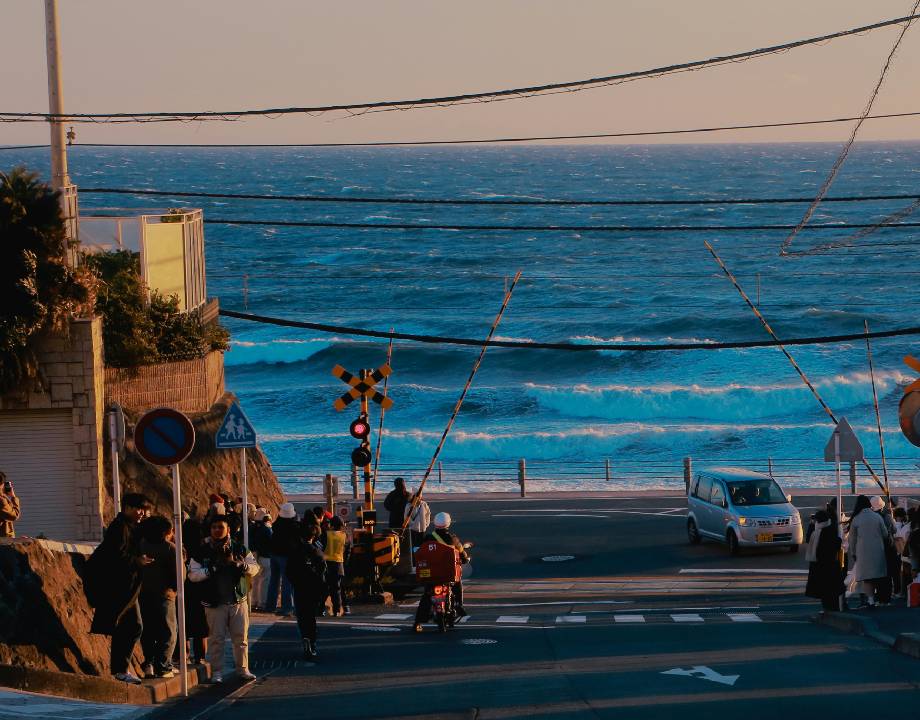
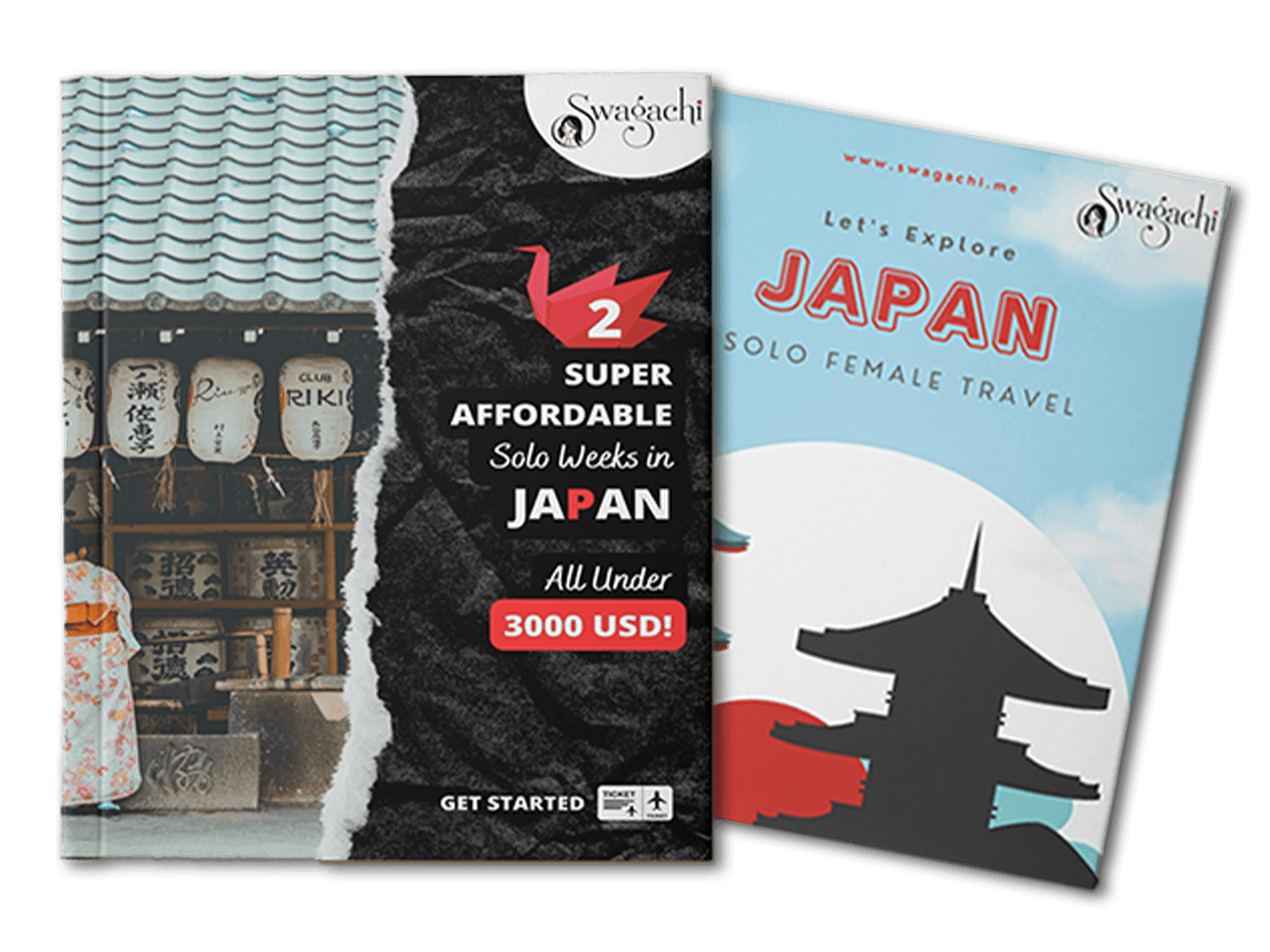
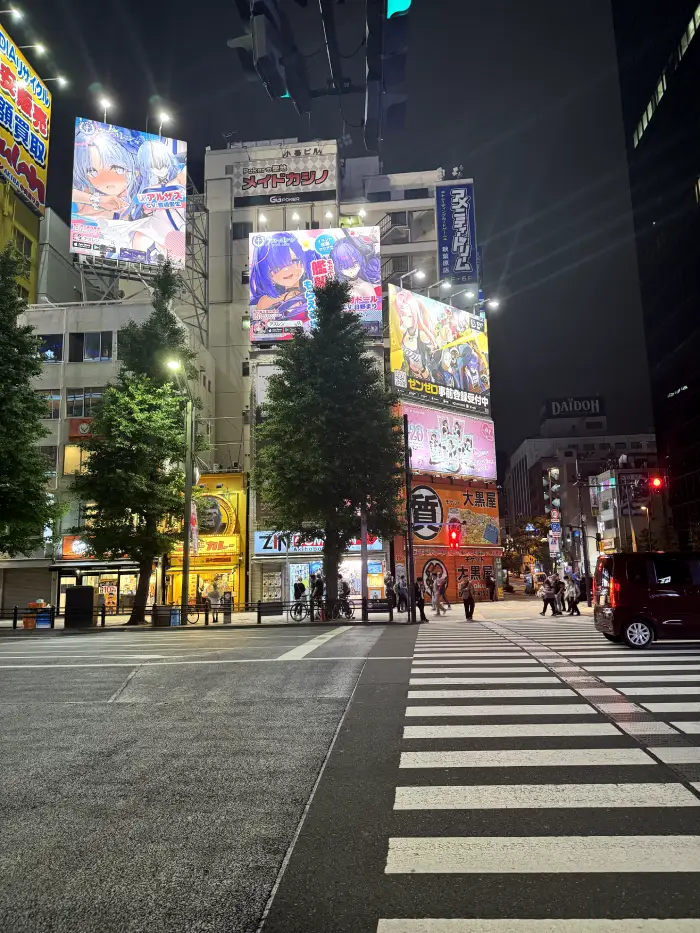

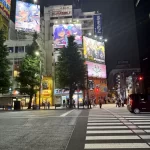


Leave a Reply